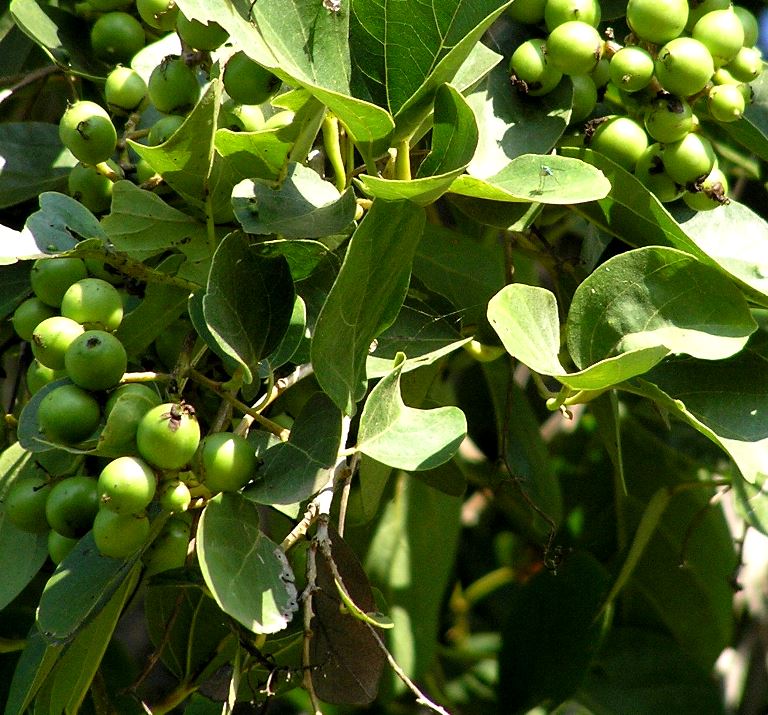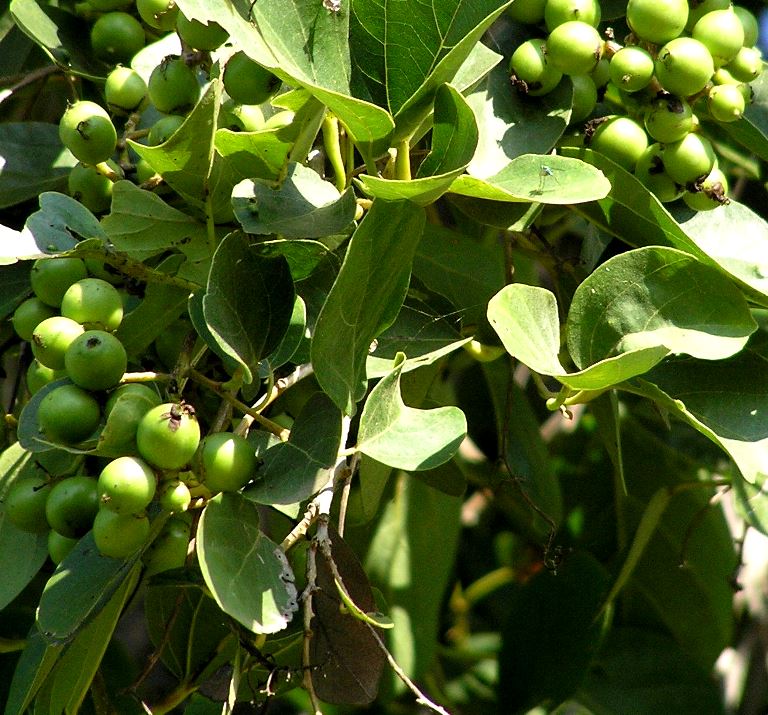
Brief Intro
Lasoda Plant (Grafted) – Bhokar, Gum Berry, Glue Berry
Basic Product Details
- Scientific Name: Cordia dichotoma
- Common Names: Lasoda, Bhokar, Gum Berry, Glue Berry, Indian Cherry
- Plant Height: 12-24 inches (approximately)
- Pot Size: 5-6 inch nursery pot
- Plant Type: Perennial, Fruit-Bearing, Grafted Variety
- Soil Type: Well-draining, loamy to sandy soil with good organic content
- Sunlight Requirement: Full sunlight
Product Overview
The Lasoda Plant (Grafted), also known as Bhokar, Gum Berry, or Glue Berry, is a fast-growing deciduous tree valued for its nutritious fruits, medicinal benefits, and hardy nature. It produces small, round, green fruits that turn yellowish-brown when ripe. These fruits are widely used in pickles, chutneys, and traditional Ayurvedic medicine.
Being a grafted variety, this plant ensures early fruiting, better yield, and disease resistance, making it an excellent addition to home gardens, farms, and orchards.
Features and Characteristics
Growth Habit
- Medium-sized tree that can grow up to 20-30 feet under optimal conditions.
- Suitable for farms, gardens, and agroforestry systems.
Leaves & Flowers
- Broad, green, oval-shaped leaves with a rough texture.
- Produces small, white or yellowish flowers that attract pollinators.
Fruits
- Round, fleshy, mucilaginous berries with a sweet and sour taste.
- Used in pickles, jams, and herbal remedies.
- Rich in fiber, antioxidants, and medicinal properties.
Uses of Lasoda (Bhokar) Plant
Culinary Uses
- Fresh and dried fruits are used in Indian cuisine.
- Popular for pickling due to its unique taste.
- Used in chutneys, jams, and traditional desserts.
Medicinal & Health Benefits
- Boosts digestion and helps in gut health.
- Known for anti-inflammatory and antibacterial properties.
- Supports respiratory health and relieves cough.
- Used in Ayurvedic and herbal medicine for various treatments.
Harvesting and Farming Details
Climate Requirements
- Thrives in hot and dry climates.
- Tolerant to drought and semi-arid conditions.
Soil
- Grows well in sandy-loamy soil with good drainage.
- Avoid waterlogged or heavy clay soils.
Planting Season
- Best planted in spring or monsoon season for strong establishment.
Spacing
- Maintain 10-15 feet distance between plants for proper growth.
Harvesting
- Starts fruiting within 2-3 years due to grafting.
- Fruits mature in summer months and should be harvested when soft.
Care Tips
Light
- Requires full sunlight (at least 6-8 hours daily) for best fruiting.
Watering
- Water deeply once a week during dry months.
- Reduce watering during winter and monsoon to prevent overwatering.
Fertilizer
- Apply organic compost and balanced NPK fertilizers every 2 months.
- Supplement with micronutrients like potassium and magnesium for better yield.
Pruning
- Regular pruning helps maintain tree shape and air circulation.
- Remove dead branches and excessive growth for healthy fruiting.
Pest Control
- May be affected by mealybugs, aphids, and fungal diseases.
- Use neem oil or organic pesticides to prevent infestations.
Benefits of Growing Lasoda Plant
Health & Wellness Benefits
- Chemical-free homegrown fruits rich in medicinal properties.
- Supports digestion, immunity, and respiratory health.
Economic Benefits
- High-demand fruit used in pickles and Ayurvedic medicine.
- Profitable for farmers and small-scale cultivators.
Environmental Benefits
- Drought-resistant and improves soil fertility.
- Attracts pollinators like bees and butterflies.
Placement Suggestions
- Suitable for farms, backyard gardens, and agroforestry.
- Can be grown in large pots (at least 15-20 inches wide) for home gardening.
- Ideal for open fields, commercial orchards, and dryland farming.
Common Questions and Answers About Lasoda (Bhokar) Plant
How long does it take for the Lasoda plant to bear fruit?
Being a grafted variety, it starts fruiting within 2-3 years with proper care.
Can Lasoda be grown in pots?
Yes, it thrives well in large pots (15-20 inches wide) with adequate sunlight.
How often should I water the plant?
Water once a week, ensuring the soil remains slightly moist but not soggy.
Does Lasoda need full sunlight?
Yes, it requires at least 6-8 hours of direct sunlight daily for healthy growth and fruiting.
When is the best time to harvest Lasoda fruits?
Harvest when fruits turn yellowish-brown and become soft for best taste.
Is Lasoda fruit edible fresh?
Yes, but it is mostly used in pickles, chutneys, and medicinal preparations.
How do I prevent pests on my Lasoda plant?
Use neem oil spray or mild organic pesticides to protect against common pests.
What is the best fertilizer for Lasoda?
Use organic compost, NPK 10-10-10, and micronutrients for healthy growth.
Can I grow Lasoda in a dry region?
Yes, it is highly drought-tolerant and suitable for arid climates.
Why are my Lasoda leaves turning yellow?
Yellowing leaves may be due to overwatering, poor drainage, or nutrient deficiency. Ensure proper soil conditions and balanced fertilization.
The Lasoda (Bhokar) Plant (Grafted) is a valuable fruiting tree perfect for home and commercial cultivation. Order now and enjoy the benefits of fresh, organic Lasoda fruits!
FAQs:
What is the Return Policy?
This product is Not Returnable. It may be replaced or refunded in case of damage or defective condition on a case to case basis.
How to cancel my order?
Cancellation for Live Plants is allowed before the dispatched. You can request cancellation through Your Orders page or by contacting customer service within that time.
What if i received damage product?
If a product is received in a damaged or defective condition, you need to contact the customer service within 1 days of delivery. Free of cost replacement or refund claim is available to you.


